Hey out there wider world!
Thanks again for joining me, and I hope you enjoyed last month’s little expose on my home of British Columbia. If you haven’t checked it out yet, go ahead and do so, as it’s a perfect fit for the season!Click here!
地球の日を迎え考える再生可能エネルギー
Earth Day 2022 was last month, on April 22. So, what could be better than writing more about renewable energy this month! I told you about the impressive distribution of energy sources in British Columbia: around 94% of electricity generated in BC is from renewable sources.
環境にやさしいエネルギー源とは?
I mentioned hydroelectricity as being the major source of our electricity, and it’s one of the greenest sources of energy around. First, unlike solar panels, the mining demands are relatively little. The production of the photovoltaic cells used in solar panels requires relatively rare metals. Of course, metal production requires mining, which is an intrinsically descriptive practice. However, dams require relatively commonplace and benign materials. They require copious amounts of steel and other metals for the structure, as well as materials like concrete. However, aside from the neodymium magnets required in the electrical generators in dams, which are spun by the water released through turbines, the rest of the materials are easily recyclable and can be obtained without mining.
再生可能エネルギーの行く先
This is one of the best parts of dams, because they can, in theory, be made from currently recyclable materials. Of course, this kind of thought process must extend to the construction, like using emission-free construction equipment, but one step at a time!
In fact, the biggest source of emissions from hydroelectricity comes from the areas that must be flooded to create reservoirs. By storing water above the dam, it can be released through the dam to generate electricity when needed. You can think of the reservoir of a dam as one gigantic battery! Few renewable energy sources have such an amazing battery system. Wind and solar plants, for example, must rely on other energy storage methods, like traditional batteries, which are expensive and have environmental costs of their own.
As mentioned, these reservoirs are still sources of carbon. Of course, the flooded areas are lost as habitat to any organisms, humans and otherwise. In addition, any vegetation flooded will decompose and slowly release carbon. However, the scale is on a different magnitude. Just compare the release of carbon from a flooded reservoir with a coal-fired plant.
Oh wait! I’m out of time!
Let’s do that next time, because I’ve got to get back to my ‘On the Job Training’ course on Fruitful English! Time’s a wasting!

日本の小中学校で英語を教えるALT講師Nic先生は非常にユーモラスな先生です。台湾でも英語を教えていました。どこでも適応できるのがNic先生が自慢ができること。「肉先生」と読んで欲しいとたまに呼びかけられるかもしれません。こんなコミカルで愉快なNic先生から楽しく英語指導を受けませんか?
座右の名”The grand essentials to happiness in this life are something to do, something to love and something to hope for.”
※このブログでは英語学習に役立つ情報アドバイスを提供していますが、本ブログで提供された情報及びアドバイスによって起きた問題に関しては一切、当方やライターに責任や義務は発生しません。
※ここでの情報や助言を参考に英文を書いたり下した判断は、すべて読者の責任において行ってください。ここに掲載されている記事内の主張等は、個人の見解であり当社の意見を代弁・代表するものではありません。
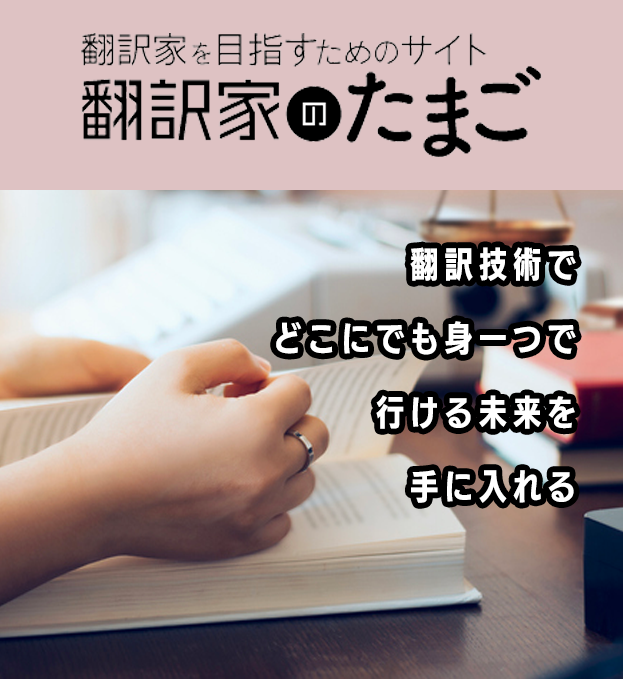





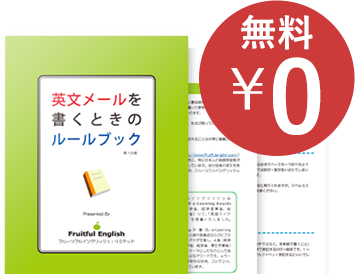
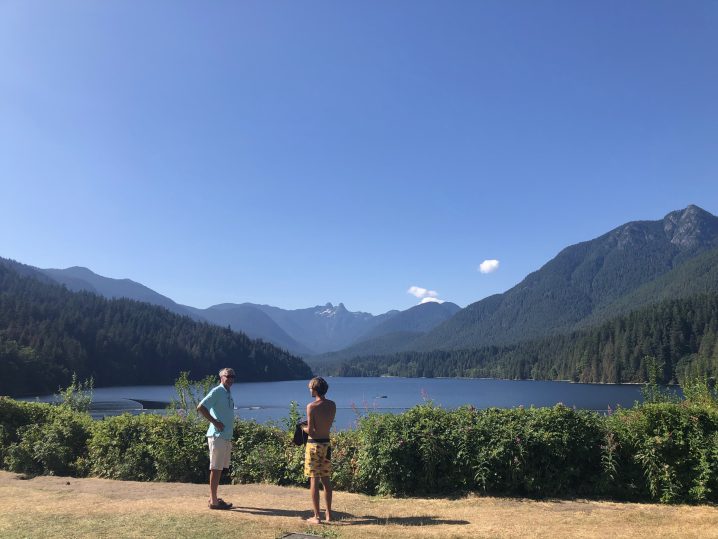

 (6 イイネ!が押されています)
(6 イイネ!が押されています)


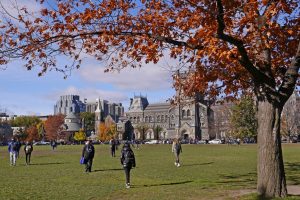

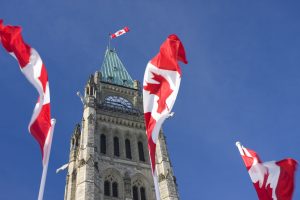

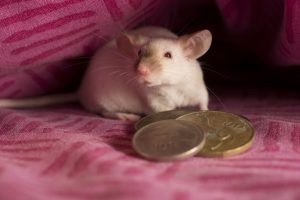
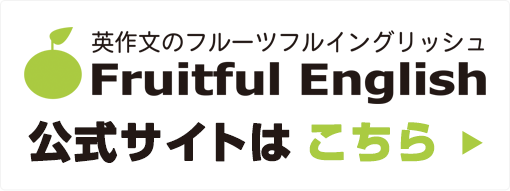






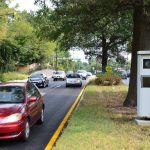








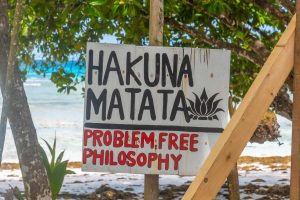

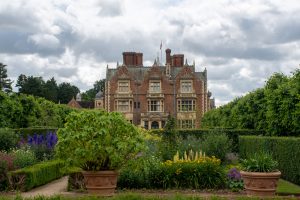


コメントする